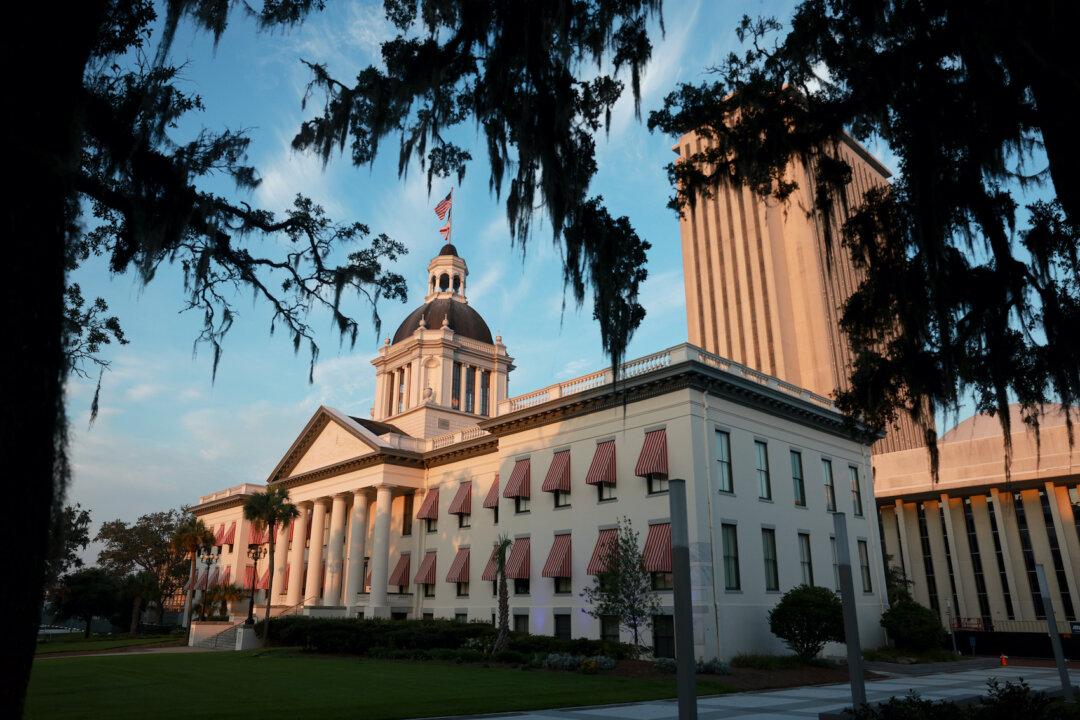TAMPA—“All folks on the west coast of the Florida peninsula should be prepared for potential major impacts” from Hurricane Milton, Florida’s Gov. Ron DeSantis said on Oct. 7 as evacuations and emergency preparations got underway.
“There’s still a lot of uncertainty in terms of what precise track it will take, but there’s not much uncertainty that there is going to bring significant impacts, major impacts for many, many communities throughout the state of Florida,” he said during a 3:30 p.m. press briefing at the state’s emergency operations center.





